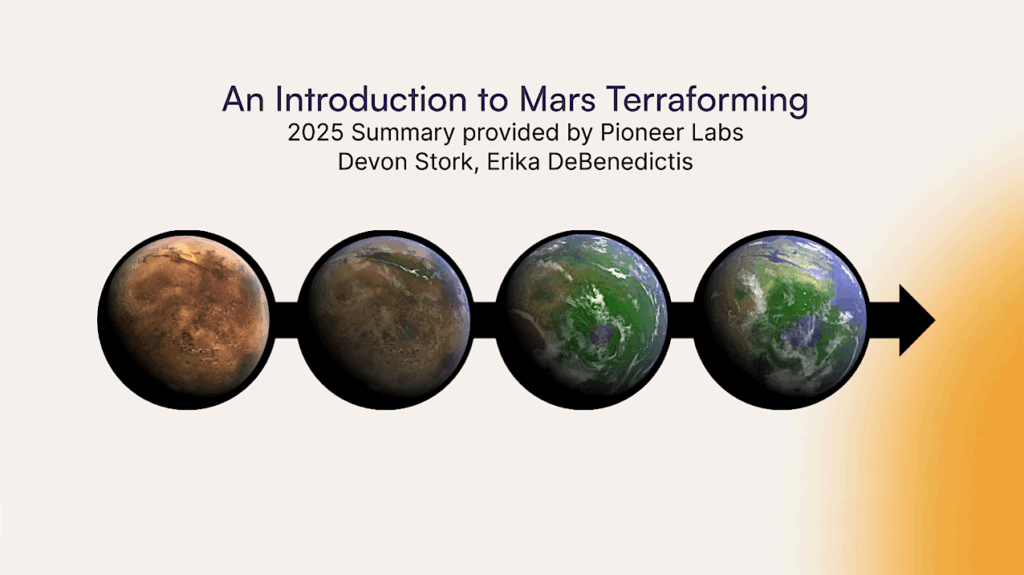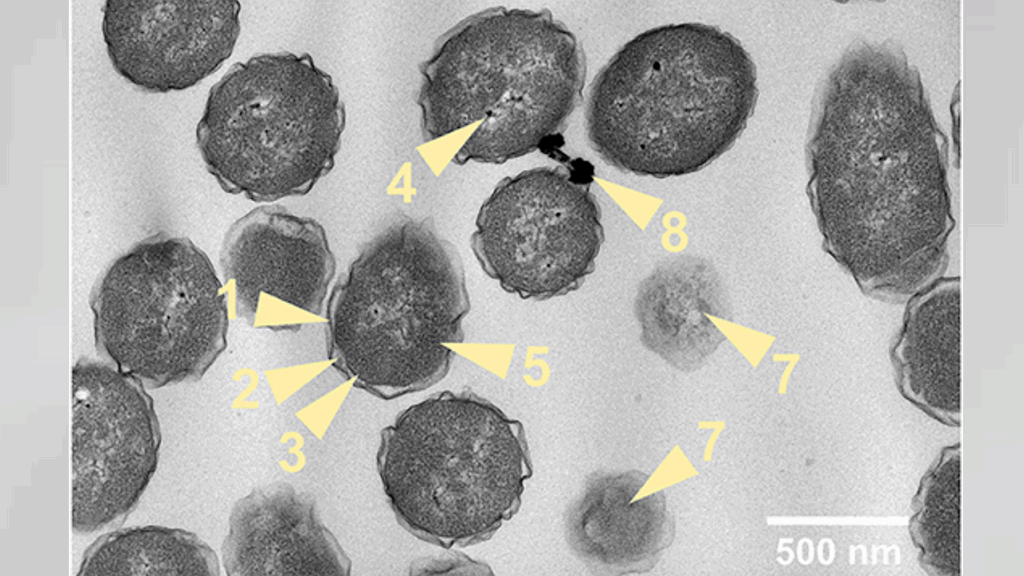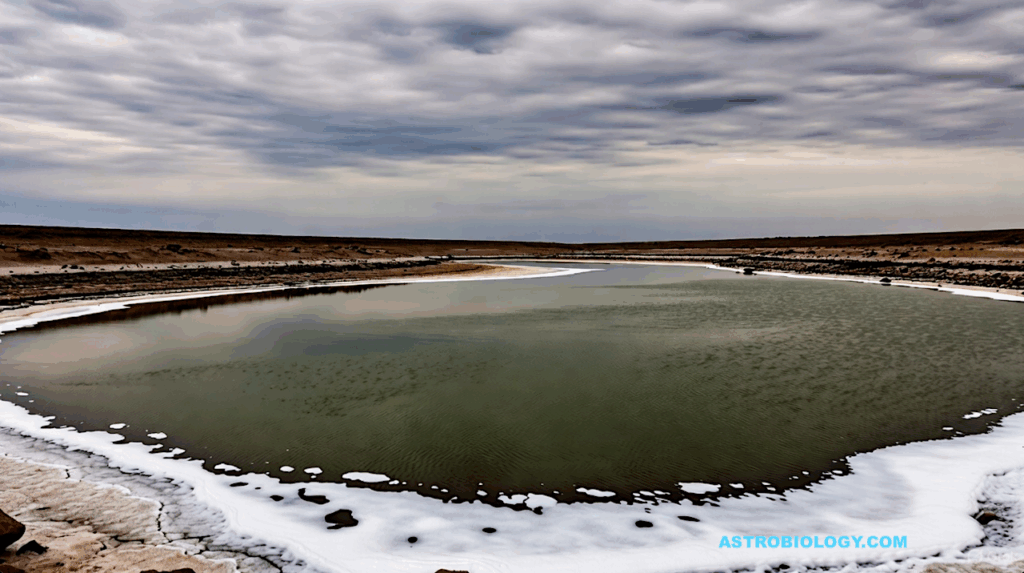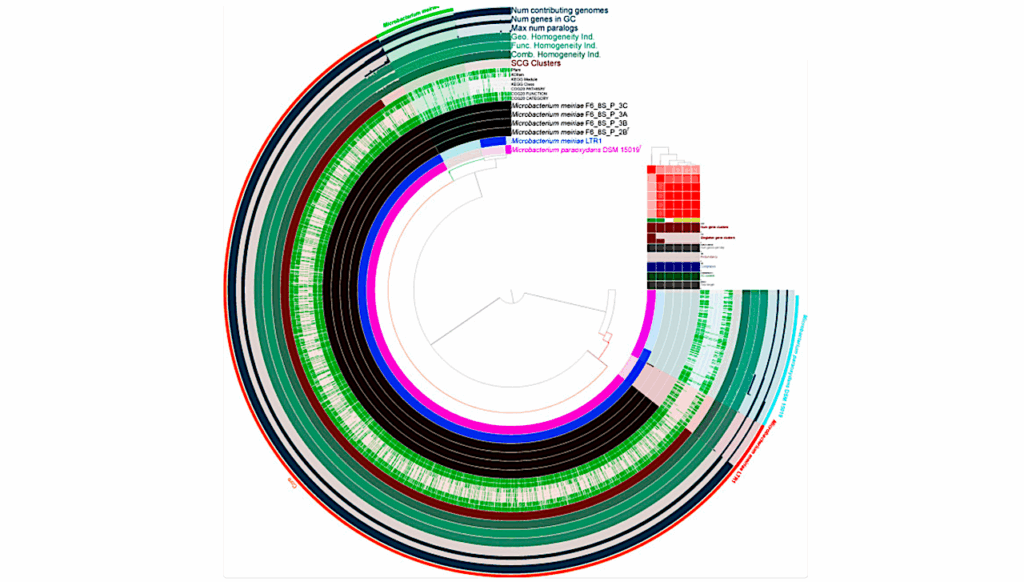Two examples of how to use observations of terrestrial planets orbiting in temperate orbits around low mass stars to test key concepts of planetary habitability

Terrestrial planets in temperate orbits around very low mass stars are likely to have evolved in a very different way than solar system planets, and in particular Earth.
However, because these are the first planets that are and will be accessible for in-depth atmosphere, clouds and surface characterizations with existing and forthcoming telescopes, we need to develop the best possible observational strategies to maximize the scientific return from these characterizations. Here I discuss and expand on the recent works of Bean et al. (2017) and Turbet et al. (2019) to show that terrestrial planets orbiting in temperate orbits around very low mass stars are potentially an excellent sample of planets to test how universal the processes thought to control the habitability of solar system planets and in particular Earth are. Precise measurements of density or atmospheric CO2 concentration for planets located both inside and outside the Habitable Zone could be used to statistically test habitability concepts such as the silicate-weathering feedback, CO2 condensation, or runaway greenhouse, which have been identified as key processes controlling the present and past habitability of Venus, Mars and Earth.
Martin Turbet
Comments: 6 pages, 2 figures. Proceedings of the SF2A, May 2019, Nice, France. ed. P. Di Matteo et al
Subjects: Earth and Planetary Astrophysics (astro-ph.EP); Solar and Stellar Astrophysics (astro-ph.SR)
Journal reference: Proceedings of the Annual meeting of the French Society of Astronomy and Astrophysics (SF2A 2019)
Cite as: arXiv:2005.06512 [astro-ph.EP] (or arXiv:2005.06512v1 [astro-ph.EP] for this version)
Submission history
From: Martin Turbet
[v1] Wed, 13 May 2020 18:35:38 UTC (209 KB)
https://arxiv.org/abs/2005.06512
Astrobiology








